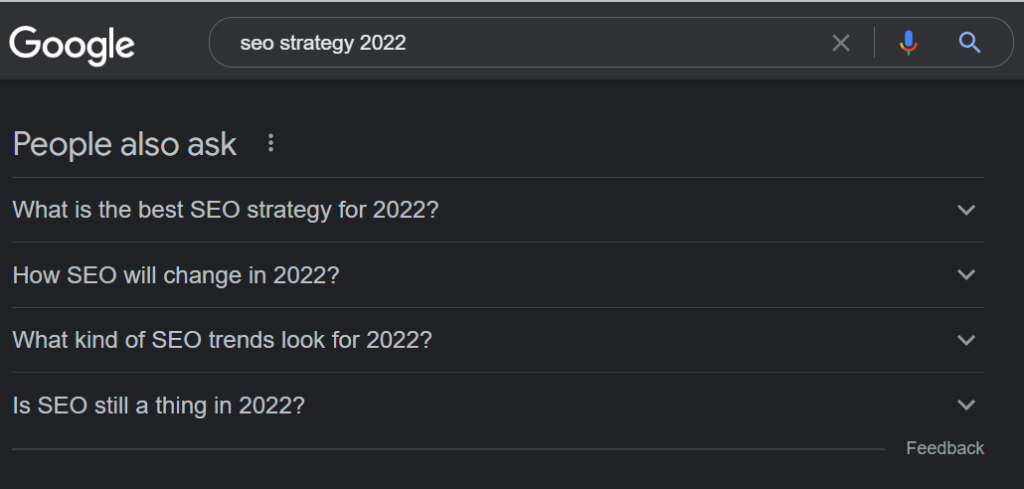
Career setbacks can be difficult to deal with. They can cause us to feel like we’re not good enough, and make us question our abilities.
It’s crucial to keep in mind that no one is immune to failure throughout their professional life. The key is to learn from your setbacks and use them as an opportunity to grow.
In this blog post, we will look at the common causes of career setbacks, and how you can constructively handle them.
Common Causes of Career Setbacks
Everyone experiences career setbacks from time to time. Whether it’s being passed over for a promotion or losing a major client, setbacks are an inevitable part of professional life.
While it can be difficult to recover from a setback, it’s important to remember that these challenges are often temporary and do not define your entire career. It has even been studied that failure at the beginning of your career can make you more successful in the long term.
Here are some of the most common causes of career setbacks:
Imposter Syndrome
At its simplest, imposter syndrome can be defined as a lack of confidence in one’s abilities, despite evidence to the contrary. It’s a feeling of being an imposter or fraudster in your job, and it’s something that can affect anyone, regardless of their experience or qualifications.
Imposter syndrome at work can manifest itself in several ways. For example, you might feel like you’re constantly faking it and that you’re not cut out for the role you’re in. You might find yourself over-preparing for meetings or presentations, or second-guessing your decisions. You might feel like you need to put on a persona at work, and that everyone around you is more competent than you are.
Burnout
Many of us have experienced some form of burnout at work. It might be after a particularly demanding project, or during a time of stress at home.
Whatever the cause, burnout can leave us feeling exhausted, unmotivated, and even disconnected from our colleagues. Symptoms of burnout can include feeling constantly tired, difficulty concentrating, and a general sense of apathy.
Lack of Opportunity
Sometimes, our career setbacks are out of our control. If you’re stuck in a dead-end job with no opportunity for growth, it can be frustrating and discouraging.
Lack of opportunity at work can refer to a few different things. It might mean that you’re not being given the chance to use your skills or advance in your career. Or, it might mean that you’re not being paid what you’re worth. Either way, lack of opportunity can be frustrating and discouraging.
Unclear Career Goals
If you’re not sure what you want to do with your career, it can be difficult to move forward. You might find yourself taking on jobs that don’t interest you or changing directions every few years.
Unclear career goals can also cause problems when it comes to networking and finding a mentor. It can be difficult to connect with people if you’re not sure what you want to achieve in your career.
These are just a few examples of different career setbacks. If you’re facing a challenge at work, remember that you are not alone. These challenges are an opportunity for you to learn and grow in your career.
How to Handle Career Setbacks
While it’s normal to feel discouraged after a setback, there are things you can do to help you recover and get back on track.
Here are some tips for how to handle career setbacks:
1. Accept That Setbacks Happen
The first step is to accept that setbacks are a normal part of professional life. They do not mean that you are not good enough or that you will never achieve your goals.
2. Take Some Time for Yourself
If you’re feeling overwhelmed, stressed, or burnt out, it’s important to take some time for yourself. This can help you relax and rejuvenate so that you can come back to work with fresh energy.
Think about some activities that make you feel good. This might include exercise, spending time outdoors, reading, listening to music, or spending time with friends and family. Doing something you enjoy can help reduce stress and boost your mood.
3. Seek Feedback
If you doubt your abilities, it can be helpful to seek feedback from your colleagues and superiors. This can give you a better sense of your performance and help us identify areas for improvement.
Sometimes it’s hard to ask for feedback, but it can be invaluable in helping you overcome a setback. Remember that your goal is to improve, not to be perfect.
4. Set Realistic Expectations
If you’re facing a difficult situation at work, it’s important to set realistic expectations for yourself. This can help you avoid getting overwhelmed and stressed out.
If you just started a new job, for example, you might not be able to accomplish everything on your first day. Start with small goals and build up from there.
5. Delegate Tasks
If you’re feeling overloaded at work, try to delegate tasks when possible. This can help you focus on the most important tasks and avoid burnout.
It’s not even beneficial to try to do everything yourself. By delegating tasks, you can focus on what you’re good at and delegate the rest. This will not only help you but also the people you work with and the company or organization as a whole.
6. Have a Clear Plan
If you’re not sure what you want to do with your career, it’s important to have a clear plan. This can help you stay focused and motivated as you work towards your goals.
What do you want to achieve in your career? What kind of impact do you want to make? What makes you happy and fulfilled?
Once you have a clearer idea of your goals, you can start taking steps to achieve them. Setting clear goals is the first step on the path to a successful and fulfilling career.
7. Stay Positive
Finally, it’s important to stay positive through setbacks. Remember that these challenges are often temporary and do not define your entire career.
Ask yourself what you can learn from the situation and how you can grow as a result. Wallowing in self-pity and constantly thinking about your mistakes will not help you achieve your goals. Instead, focus on what you can do to improve and move forward.
Conclusion
While setbacks can be discouraging, it’s important to remember that they are a normal part of professional life. You will have your moments of glory, ups and downs, and periods of transition. The key is to learn from your setbacks and use them to your advantage.
What could be more gratifying than overcoming a challenging situation and surpassing expectations? Well, that’s what we all aspire to do in our careers.
Keep these things in mind the next time you face a setback and remember that your career is not defined by your challenges, but by how you handle them.
The post How to Handle Career Setbacks appeared first on noupe.





